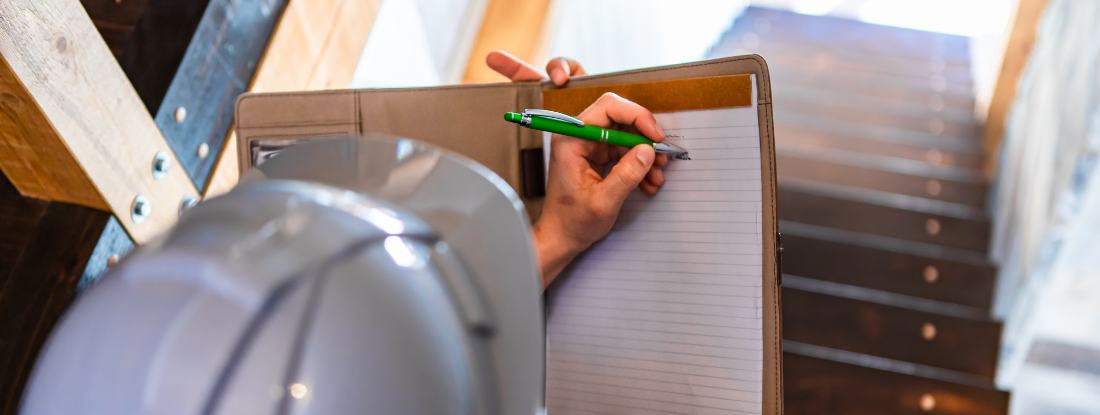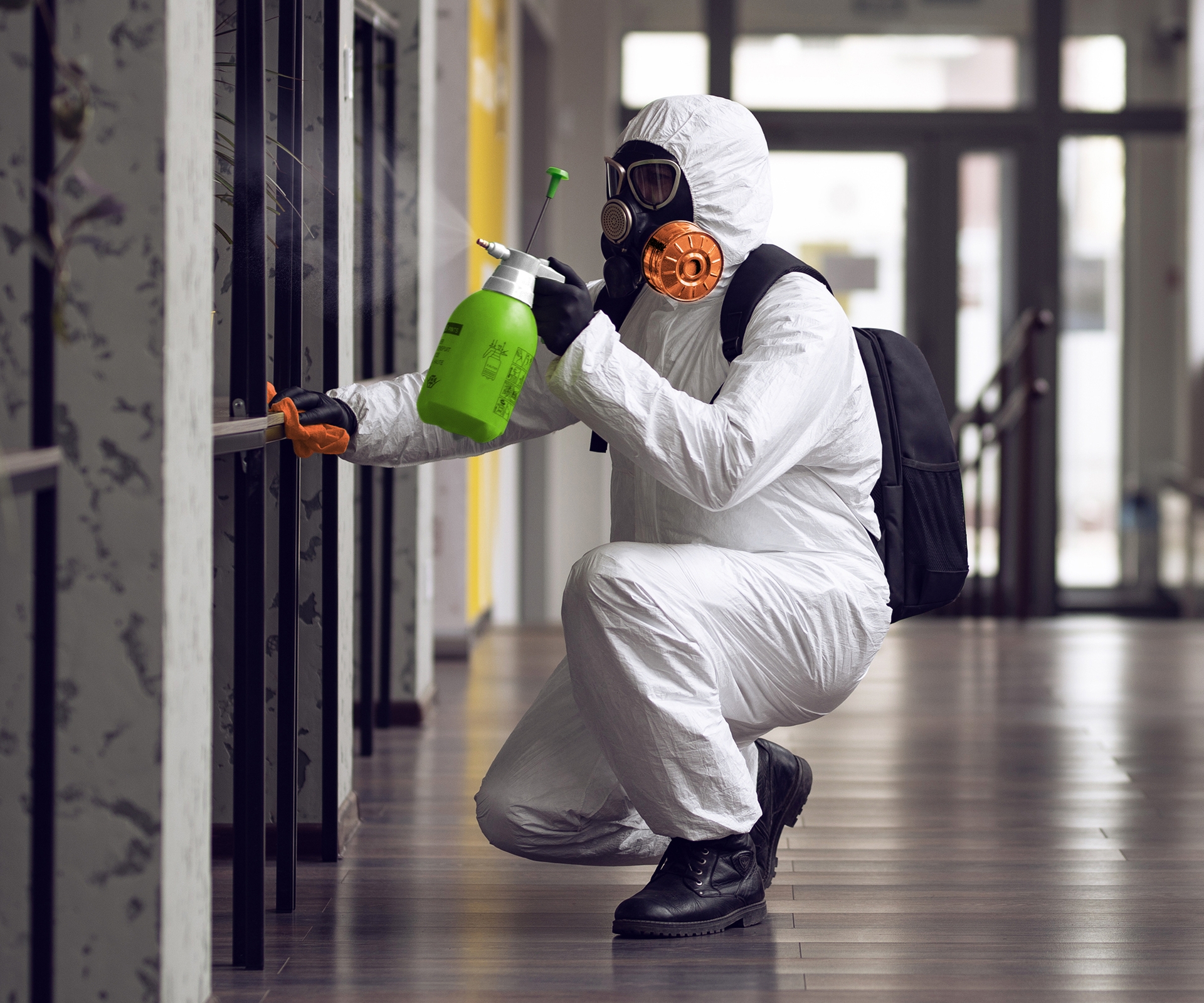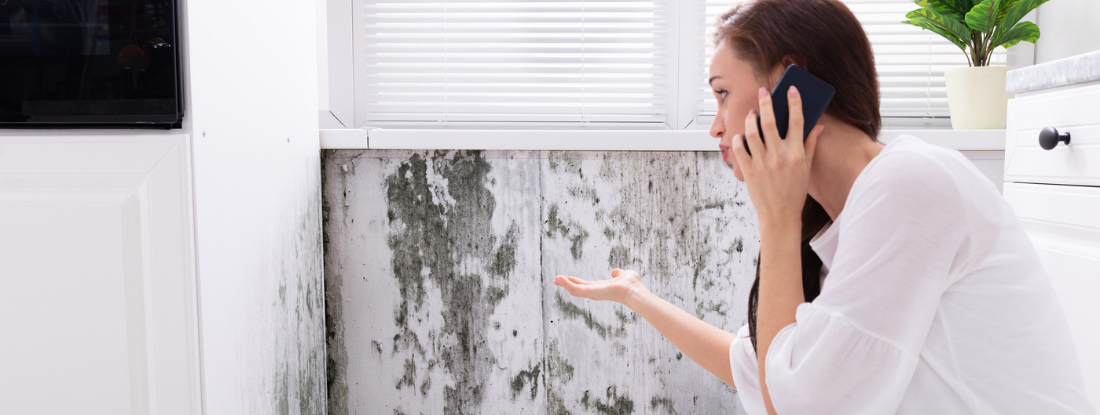Testing Air Quality After Mold Remediation
Wiki Article
Effective Post Mold Removal Solutions for Your Home
Mold growth in homes can be a relentless issue, typically needing an organized strategy for efficient post-remediation services. From recognizing the factors that contribute to mold growth to executing appropriate cleaning techniques and wetness control actions, the procedure can be complex yet vital for keeping a healthy living environment. Furthermore, exploring all-natural removal solutions and developing a routine for ongoing maintenance are necessary components of a comprehensive mold and mildew remediation strategy. As homeowners strive to attend to mold and mildew problems, discovering the most efficient services ends up being paramount for the well-being of their houses.Understanding Mold Development Elements
Mold and mildew growth is affected by a selection of aspects that are important to understand in order to properly address and avoid its proliferation. Recognizing these variables is essential in implementing successful mold removal techniques. The key variable adding to mold development is moisture. Mold and mildew spores call for moisture to sprout and flourish, making damp or wet atmospheres extremely susceptible to mold infestations. Poor air flow can likewise result in moisture accumulation, creating a perfect reproduction ground for mold.
Moreover, air movement and light direct exposure can impact mold and mildew development. Locations that lack appropriate ventilation and all-natural light are a lot more prone to mold growth. By dealing with these aspects adequately, individuals can properly mitigate mold growth and protect their living atmospheres.
Appropriate Mold Cleaning Methods
Using efficient cleansing approaches is important in addressing and avoiding the reoccurrence of mold and mildew contamination in indoor atmospheres. The first step in appropriate mold and mildew cleansing is to contain the afflicted location to avoid the spread of spores to uncontaminated areas.
Carrying Out Dampness Control Measures
To successfully stop mold and mildew development and contamination in interior settings, carrying out moisture control measures is critical. Moisture is the key factor that gas mold and mildew development, making it critical to manage moisture degrees within the home. One reliable action is to use dehumidifiers to preserve interior humidity levels below 60%. Additionally, ensuring correct ventilation in areas prone to moisture accumulation, such as kitchen areas and washrooms, can help decrease the danger of mold and mildew development. Consistently inspecting and repairing any kind of leaks in pipes, roofs, or windows is also necessary in stopping excess wetness build-up. Making use of exhaust fans while cooking or showering, and permitting air flow by maintaining furniture a little far from walls can assist in dampness control. Utilizing moisture-resistant materials in high-humidity areas, such as mold-resistant drywall and paints, can be beneficial. By carefully carrying out these moisture control procedures, house owners can properly minimize the possibility of mold and mildew recontamination and keep a healthy and balanced indoor environment.Utilizing Natural Removal Solutions
After efficiently executing dampness control actions to stop mold and mildew development in indoor environments, homeowners can currently check out the effectiveness of all-natural removal remedies in keeping a healthy and balanced home. All-natural remediation services utilize eco-friendly techniques to deal with mold and mold, making them a prominent choice for those looking for safe alternatives. One such remedy is using vinegar, an all-natural antimicrobial agent, to tidy and disinfect surface areas infected by mold and mildew. Just water down vinegar with water and spray it onto the influenced areas, enabling it to rest for a few hours prior to wiping tidy. Furthermore, remove mold spores from air tea tree oil, recognized for its antifungal properties, can be blended with water and sprayed onto mold-infested surfaces to inhibit more development. One more all-natural choice is hydrogen peroxide, which can successfully eliminate mold on numerous surfaces without leaving damaging residues behind. By integrating these all-natural remediation services into their cleaning regimens, house owners can effectively combat mold development while promoting a much healthier interior atmosphere for themselves and their families.
Preserving a Mold-Free Atmosphere
In order to prevent mold reappearance and guarantee a regularly mold-free atmosphere, it is important for homeowners to apply proactive maintenance techniques. Frequently checking locations vulnerable to mold and mildew development, such as washrooms, cellars, cooking areas, and attic rooms, is important. Resolving any type of leakages, water damage, or excess dampness immediately can substantially lower the danger of mold advancement. After mold remediation. Appropriate ventilation in locations with high moisture degrees is likewise essential to stop mold and mildew development. Using dehumidifiers or exhaust followers can assist keep optimum wetness levels and discourage mold and mildew spores from thriving.Additionally, preserving sanitation in the home is vital for mold and mildew prevention. Maintaining indoor plants in check and making certain correct water drainage in outdoor landscaping can reduce dampness build-up, minimizing the possibility of mold and mildew infestations.
Final Thought
To conclude, it is necessary to resolve mold and mildew development elements, use correct cleansing techniques, implement dampness control procedures, utilize all-natural removal services, and maintain a mold-free setting in order to properly take care of message mold remediation in your house - Post Mold Remediation Report. By following these techniques, you can avoid mold and mildew from reoccuring and make sure a healthy living go now setting for you and your household
The main aspect adding to mold and mildew great post to read development is moisture. Mold spores require dampness to germinate and thrive, making humid or moist settings extremely susceptible to mold invasions.To properly prevent mold development and contamination in indoor atmospheres, implementing dampness control measures is critical. Additionally, making sure appropriate ventilation in locations susceptible to moisture build-up, such as cooking areas and restrooms, can assist decrease the risk of mold development.After efficiently carrying out dampness control procedures to stop mold development in indoor settings, homeowners can now explore the performance of natural removal solutions in keeping a healthy living area.
Report this wiki page